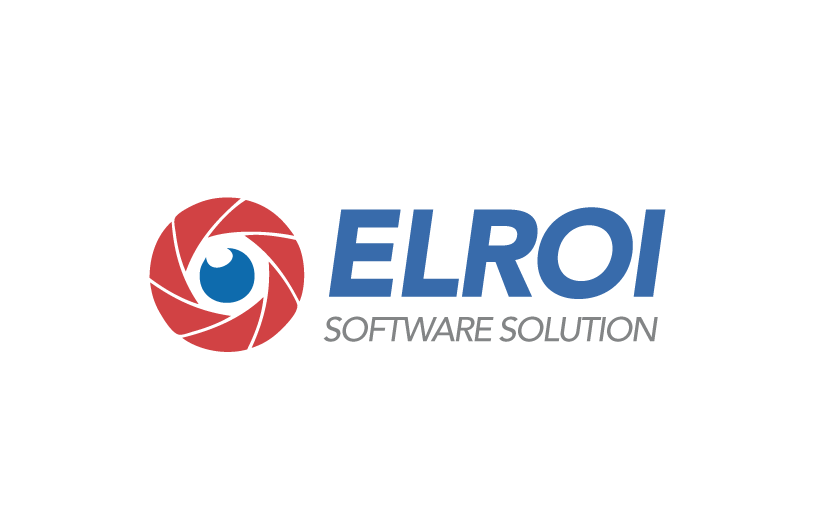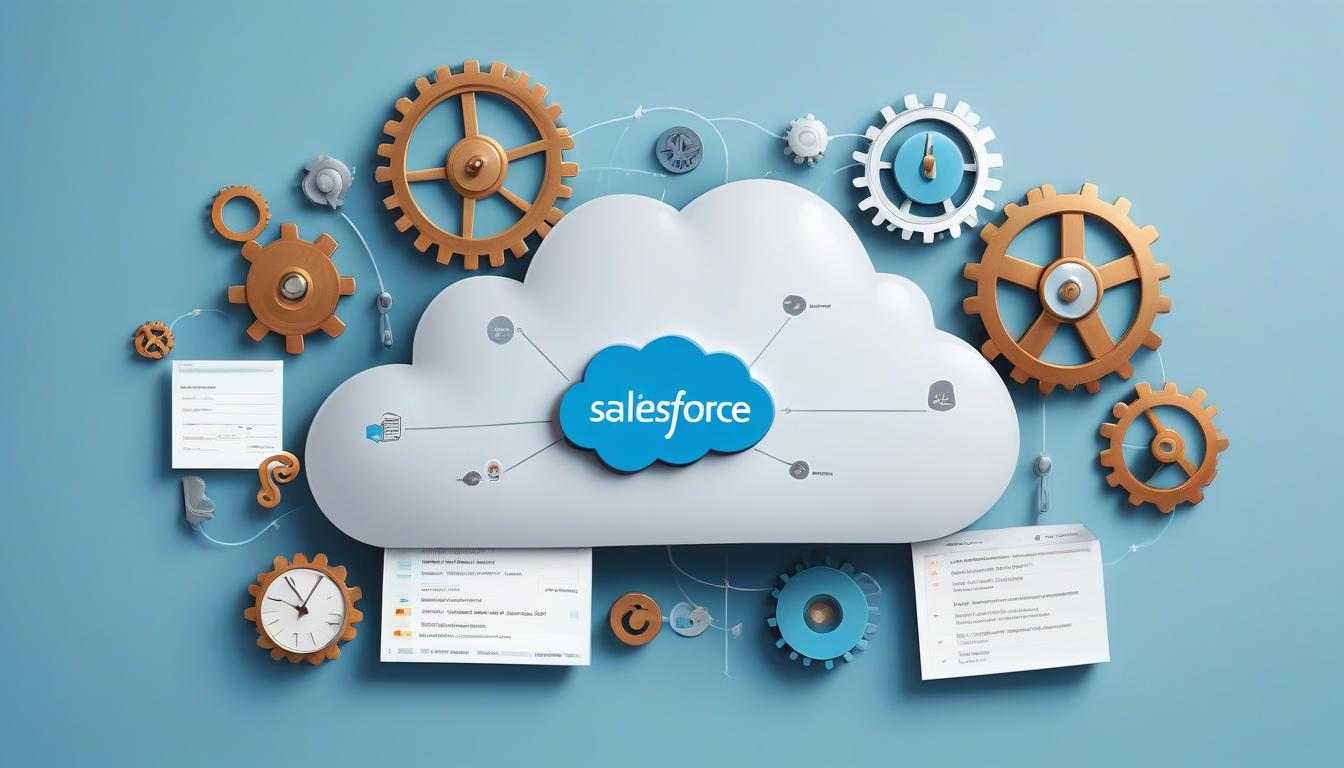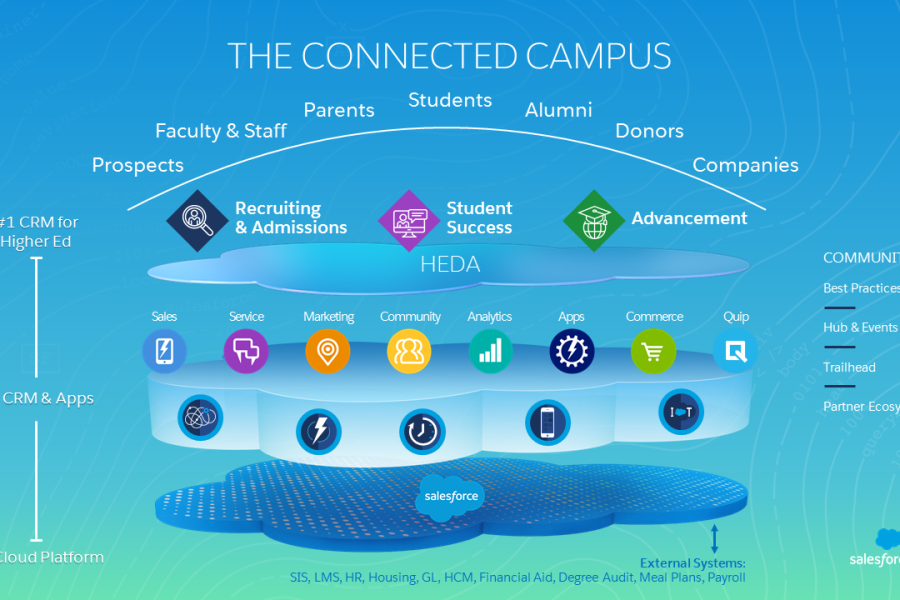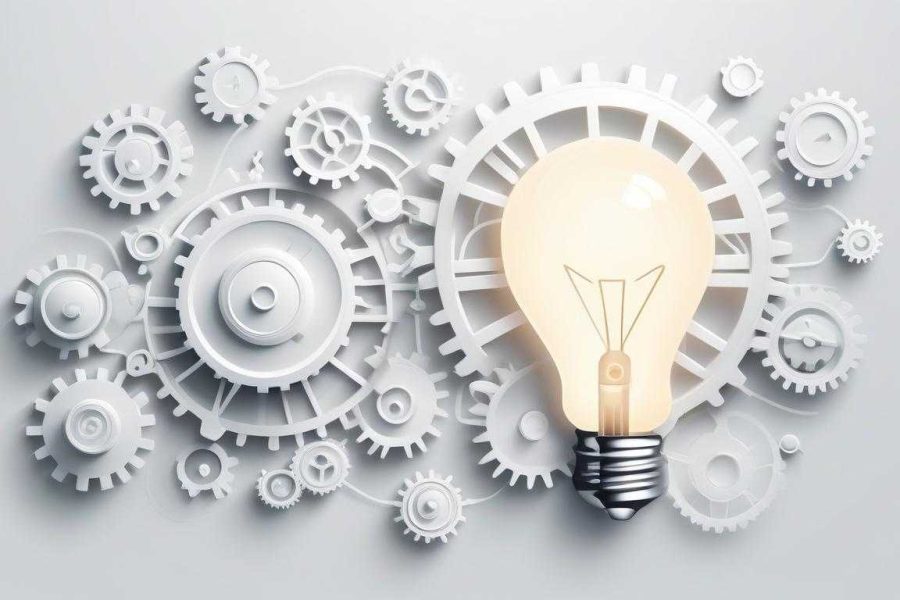Support tickets can sometimes feel like laundry – you have to take care of them constantly and if you get behind then it’s painful to catch up. If your team is managing high case volume, it’s hard for them to prioritize work and meet SLAs. That’s where Service Cloud Entitlements and Milestones come in.
Entitlements and Milestones help your team keep track of which cases need immediate attention by defining appropriate service levels and outlining steps within a service process. With customers expecting outstanding customer service, you want to meet their expanding needs. Treating every customer like a priority can be daunting, but it’s possible with the right tools. This guide will show you how to prioritize your cases using Salesforce Service Cloud Entitlements and Milestones, as well as other tools to have a fully optimized case management solution.
Entitlements
As their name indicates, Entitlements can indicate the type and level of support your customers are entitled to receive. In other words, what special perks do they get as your customer?
Here are some example business cases that would be a good fit for Service Cloud Entitlements:
- “Our Apps have both Basic and Primary Support options for purchase.”
- “Our customers get free video chat support for the first 12 months of their contract.”
- “Our Premier Product Line comes with 24/hr support.”
Having Entitlements configured in Salesforce gives you two important things:
- They allow your customer service reps to verify what kinds of support your customers are entitled to.
- They allow you to monitor SLAs and ensure reps are delivering support in a timely manner.
Entitlements can be related to accounts, assets, cases, and service contracts. They could also be related to Contacts in Classic only but that feature is not available in the Lightning Experience. They can also be pre-configured to automatically tie to certain products. We’ll get into the details on configuring Entitlements soon.
The relationships you choose to put in place for Service Cloud Entitlements depends on your business process. There are a few ways you can model Entitlements. They’re briefly outlined below, but more details can also be found on the Salesforce Help page about Entitlement planning.
- Entitlements Only: This is the simplest model where Entitlements are just used to confirm levels and types of support. Entitlements are given to customers based on products and act most like warranties.
- Entitlements with Service Contracts: Entitlements are tied to service contracts and must be renewed. This model is used when customer support/service is purchased or tied to contractual agreements in some way.
- Entitlements with Service Contracts and Line Items: This model is by far the most complex and is used when warranties and other support Entitlements are included as line items within a service contract as individual lines.
Milestones
Milestones define major steps in a support process and they can help define company SLAs. Milestones can be defined with a countdown to ensure certain key steps in the support process are being met in a timely manner. One downside to keep in mind, though, is that Milestones put a lot of emphasis on Time-To-Resolve (TTR) instead of other KPIs, which can result in agents striving to close cases before the issue is fully resolved.
Here are some example business cases that could be a good fit for Salesforce Milestones:
- “Premium Support customers are guaranteed an initial response within three hours.”
- “We guarantee Tier 1 support case resolution within 48 hours.”
- “Once accepted, enhancement requests must have a design proposal within ten days.”
It’s important to note that Entitlements can be independent from Milestones, but Milestones require an Entitlement Process! You can have Entitlements enabled without an Entitlement Process with Milestones, and there are also some nice alternatives to Milestones that play well with Entitlements.
